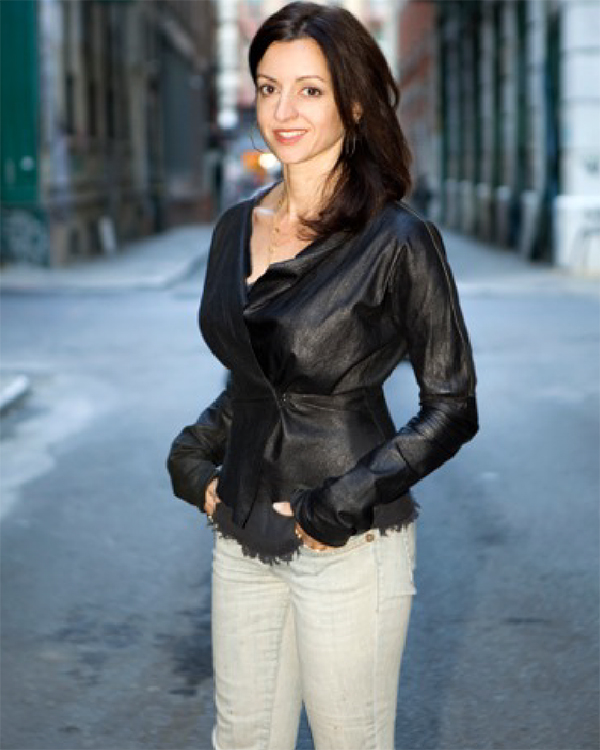Architectural Inspirations Converge in Michelle Fantaci’s Naledi Commitment Ring
For more than a decade, New York jeweler Michelle Fantaci has been contrasting ideas through unfussy wearables informed with a certain softness and authority. Her geometrically simplistic designs are offset by unexpected forms realized in diamonds and gemstones; the effect is modern yet timeless… contemporary yet organic.
With a background in interior design, fashion and metalsmithing, it’s not surprising that art, design, locations and objects all inspire Michelle’s creative journey. “I like to bring together something subtle with something bold; they mirror ideas that show polarity,” Michelle says. Her creations are a “fusion of things that might not necessarily go together.”
When it came to designing a commitment ring for the De Beers Group’s Ten/Ten initiative, Michelle clocked ten hours, drawing and reimagining a myriad styles, ultimately drawing inspiration from the architecture of the Pantheon and the dome of St. Peter’s, plus creations by Swedish artist Hillma af Klint and geometric patterns. “It is symbolic of commitment, similar to how you’d find a way to mesh your different lives and point of views together in a way that works,” she explains.

The final result is a mild departure from Michelle’s usual bridal offerings where multiple stones flank fancy cut central diamonds in asymmetrical settings.
Here, an atypical patterned star surrounds the 18 karat rose gold bezel, holding a brilliant cut round diamond. A series of grooves accent the shank, serving as a metaphor for energy that radiates. Its varied elements allow for its modernity to live harmoniously with its ‘vintage vibe.’
The natural diamonds used in the rings average 42 points and are sustainably sourced in Botswana. That these diamonds can be traced back to the mines of origin matters much to Michelle. “The provenance for gems, especially for diamonds, shouldn’t be hard to discern. People can not only connect to the stone, but also trace back to its story of empowerment. I wish the Botswana success story could be replicated in other countries; it would be so amazing!” she says. “What I’d like to also see is that miners, gem cutters and polishers are protected and paid fairly.”
Michelle’s ring is called Naledi, meaning ‘star’ in Setswana, the official language spoken in Botswana. “I chose a Setswana name to draw attention to the stone’s provenance,” says the designer.
Ranging from $3,000-$4,000, the limited-edition rings are in sync with one of Michelle’s personal goals for her own bridal line, which she launched in 2017. “I like the idea of a bridal ring being a self-purchase piece,” she adds. “I prefer to keep prices accessible to more people without losing the beauty of the craftsmanship.”
Michelle’s Ten/Ten project rings will be sold exclusively on Blue Nile beginning January 2021.
